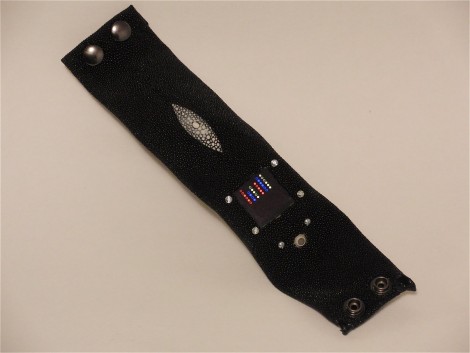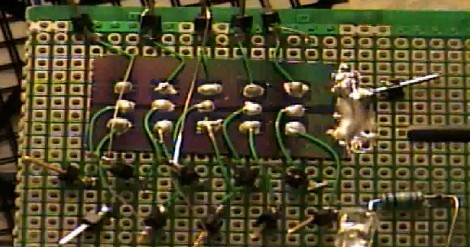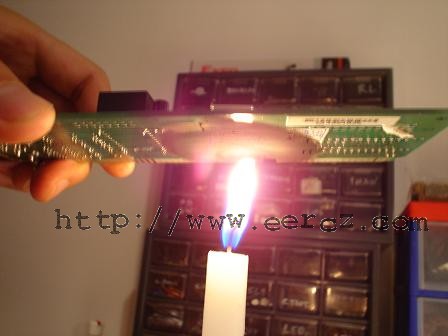[vime0 =http://vimeo.com/11700747]
We’ve been watching the progress of this build for a while on Flickr. It looks like they’ve finally completed the electromechanical game, Running with the bulls. Based off of the event by the same name, you have to keep your guy from being trampled by the bulls as the charge. The entire bull structure is pulled forward on a timing chain with a stepper motor with each bulls individual side to side movement being servo driven. It actually looks kind of fun.














